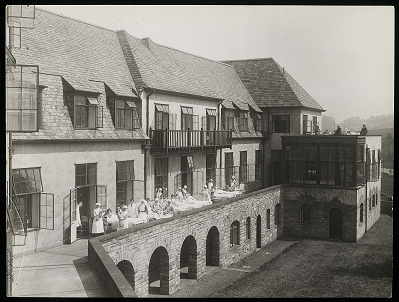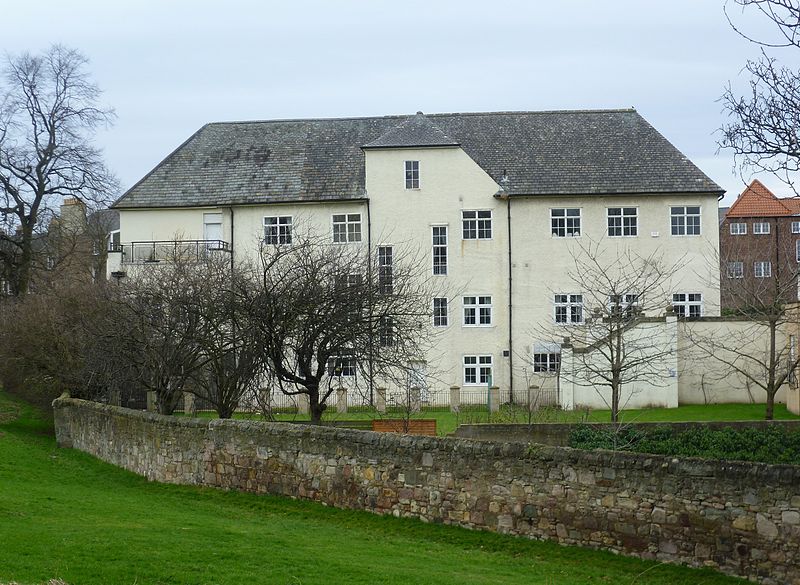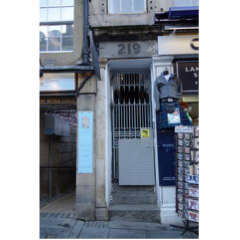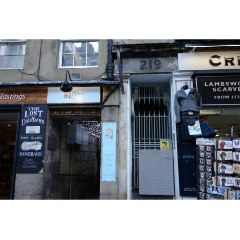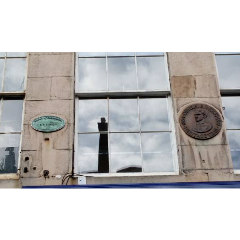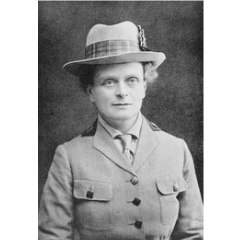100 Spring Gardens, EH8 8EY

This hospital memorialises Dr Elsie Inglis. Inglis moved to Edinburgh aged 14 and obtained her medical degrees in Scotland, later founding the Medical College for Women and teaching gynaecology there. During WWI, Dr. Inglis started the Scottish Women’s Hospitals for Foreign Service (SWH), independent hospital units staffed by women in France and Siberia, and went to Siberia as the Chief Medical Officer. She was captured and interned there in 1916 and died the day after she returned home to the UK in November 1917. Funds from the SWH were used to build this Memorial Hospital, which operated from 1925 to 1988. The gates of this hospital were built in honour of Alexandra Chalmers Watson. Chalmers Watson, the chief controller of the Women’s Army Auxiliary Corps (WAAC) during WWI, worked with Inglis and was involved in founding this hospital.
